If you’ve arrived at this page while standing on a highway shoulder while traffic roars past, I’m sorry.
How To Identify an Overheating Engine?
You may notice steam exiting from from under the hood. Perhaps the dashboard temperature gauge spiked into dangerous high-temperature territory. Often, a sweet, syrupy smell of engine coolant is common with an overheating engine. In some cases, the coolant will even boil.
It happened to me years ago while road tripping across the country. I pulled into a rest stop along the Interstate on a blazing-hot day, shut off the engine and thought, “What’s that bubbling sound?” The coolant was literally boiling in the overflow tank.
Low coolant and insufficient airflow are two common causes of an overheating engine.
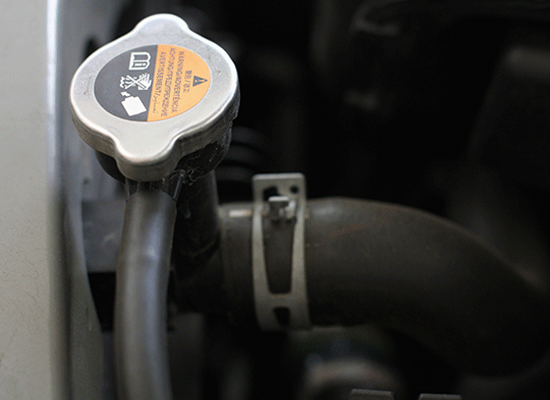
What To Do if Your Engine is Overheating?
1) Turn up the heat
It may sound counterintuitive on a sweltering summer day, but if the ambient temperature is too high, and airflow is inadequate, your vehicle’s cabin heater can help draw heat away and cool the engine. Be sure to open your windows!
2) Stop driving
Pull over and shut off the engine, preferably in a shady spot, to allow the engine to cool naturally.
3) Check the coolant level
After the engine has cooled, pop the hood and verify the coolant level is at the “full” mark on the coolant reservoir. If the coolant overflow level doesn’t reach the bottom of the filler neck, low coolant could be why your car is overheating.
4) Add coolant if needed
Hopefully, you have a gallon of coolant in your vehicle. Make sure the engine has cooled first or you may burn yourself. If your vehicle requires adding coolant directly in the radiator, slowly remove the radiator cap with a rag or towel to prevent scalding-hot coolant or gasses from touching your skin.
5) Walk or drive for help
If you don’t have coolant, walk to the closest service station or auto parts store while the car cools down. If it’s too far to walk, once the engine has cooled, it may be possible to drive to a service station very slowly and at low rpm, while suppressing engine temperature as much as possible.
6) The backup plan
If you cannot operate the vehicle or repair it yourself, it’s time to call whichever friend owes you a favor, or call for roadside assistance. In extreme emergencies, flag down a passing motorist for help.
A bad thermostat can prevent coolant from flowing, causing the engine to overheat.
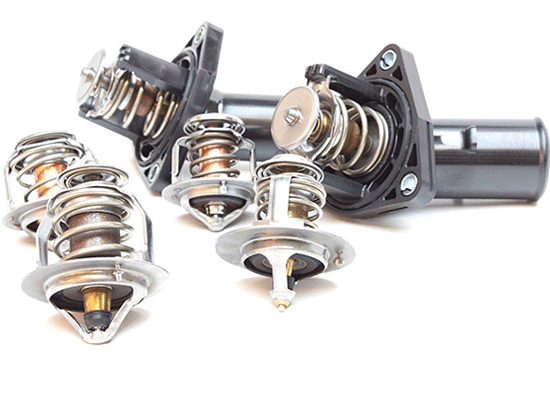
What Causes an Engine to Overheat?
1) Low coolant level
Look for coolant leaks on the ground under the radiator and engine. Better yet, have a mechanic pressure test the system. Check the oil level to ensure coolant isn’t leaking into the engine. Fix any leaks you find.
2) Bad cooling fan
Start the vehicle and crank the air conditioning. Check under the hood to ensure the cooling fans are spinning. A bad fan won’t pull sufficient air across the radiator to cool the engine. Check the fuse first. If it’s fine, the motor may be burned out or the thermostatic switch may have failed.
3) Faulty sensor switch
The temperature-sensor switch that turns on the fan may have failed, as could the cooling-fan relay. Unless you’re handy with a multimeter, it’s best to have a mechanic test for these problems.
4) Bad thermostat
The thermostat should close until the engine warms and then open after it’s hot to allow coolant to flow through the system. If it sticks shut, coolant can’t flow, increasing engine heat. If the engine is warm, but the upper radiator hose is cool to the touch, it could mean the thermostat is bad. A thermostat is so inexpensive that it’s often easier to replace it than try to troubleshoot it. The same applies to a faulty radiator cap.
5) Plugged radiator
Check externally for leaves, bugs and other debris plugging the fins and blocking airflow. One trick is to shine a flashlight through the radiator from under the hood then look through the vehicle’s grill. If you can’t see the light, the radiator needs cleaning.
A radiator can also be internally clogged and cause your engine to overheat. Plugged coolant passages will likely lead to a failed radiator. Using low-quality coolant or neglecting to service the cooling system can cause it to become plugged with sludge or corrosion.
Just like your arteries need to be clean to flow blood through your body, the radiator and cooling passages must be clean to properly flow coolant. Flush the system, replace the radiator and refill with a high-quality coolant.
6) Busted hose
Many cooling systems move hot coolant through rubber hoses, which deteriorate with time and temperature. A coolant hose rupture can leave your vehicle inoperable. Fortunately, hoses are relatively inexpensive to replace. Unfortunately, they are often challenging to repair on the side of the road.
Bad coolant can cause sludge and corrosion that plugs the radiator, causing your car to overheat.
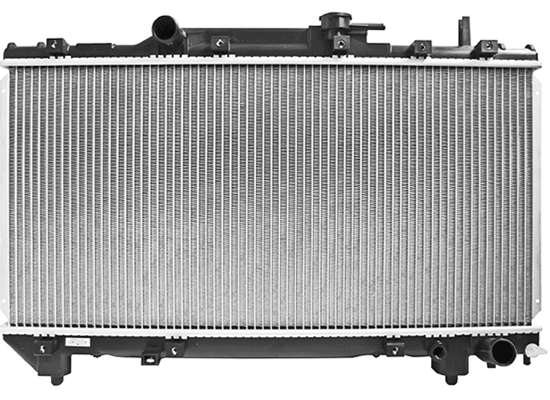
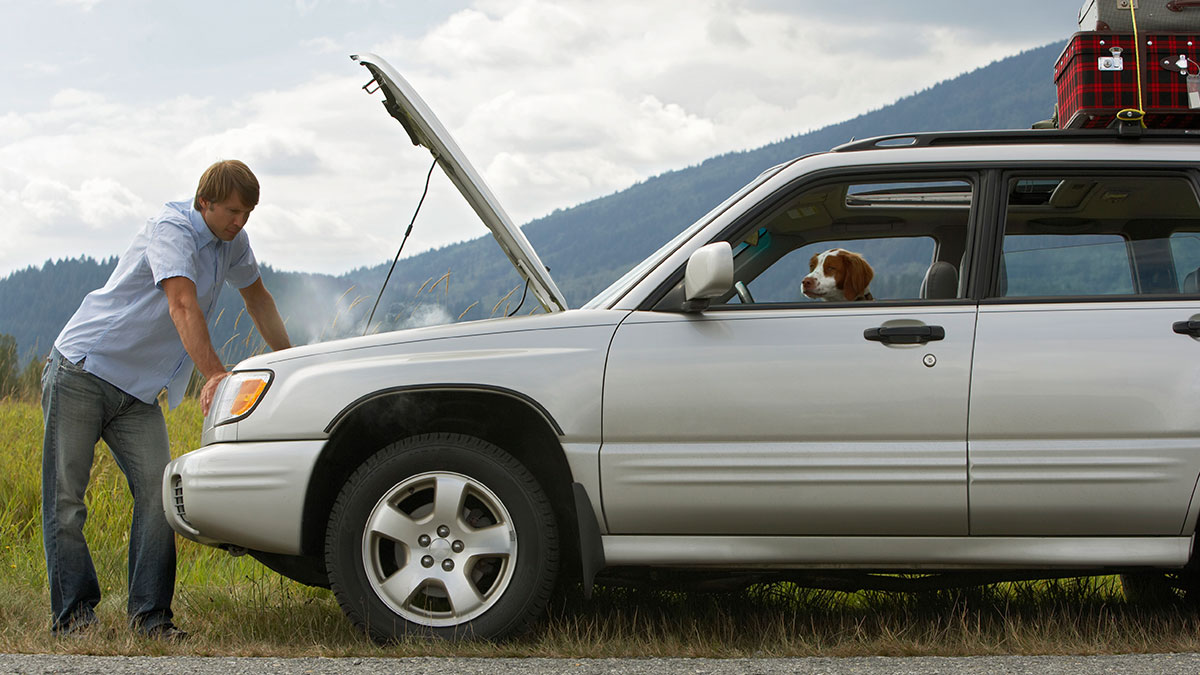

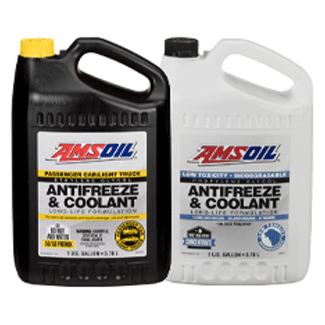
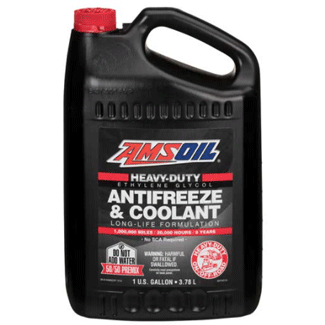

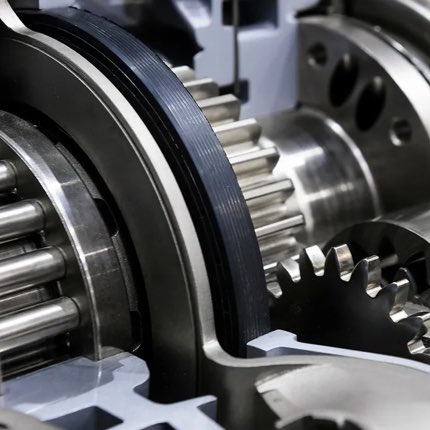
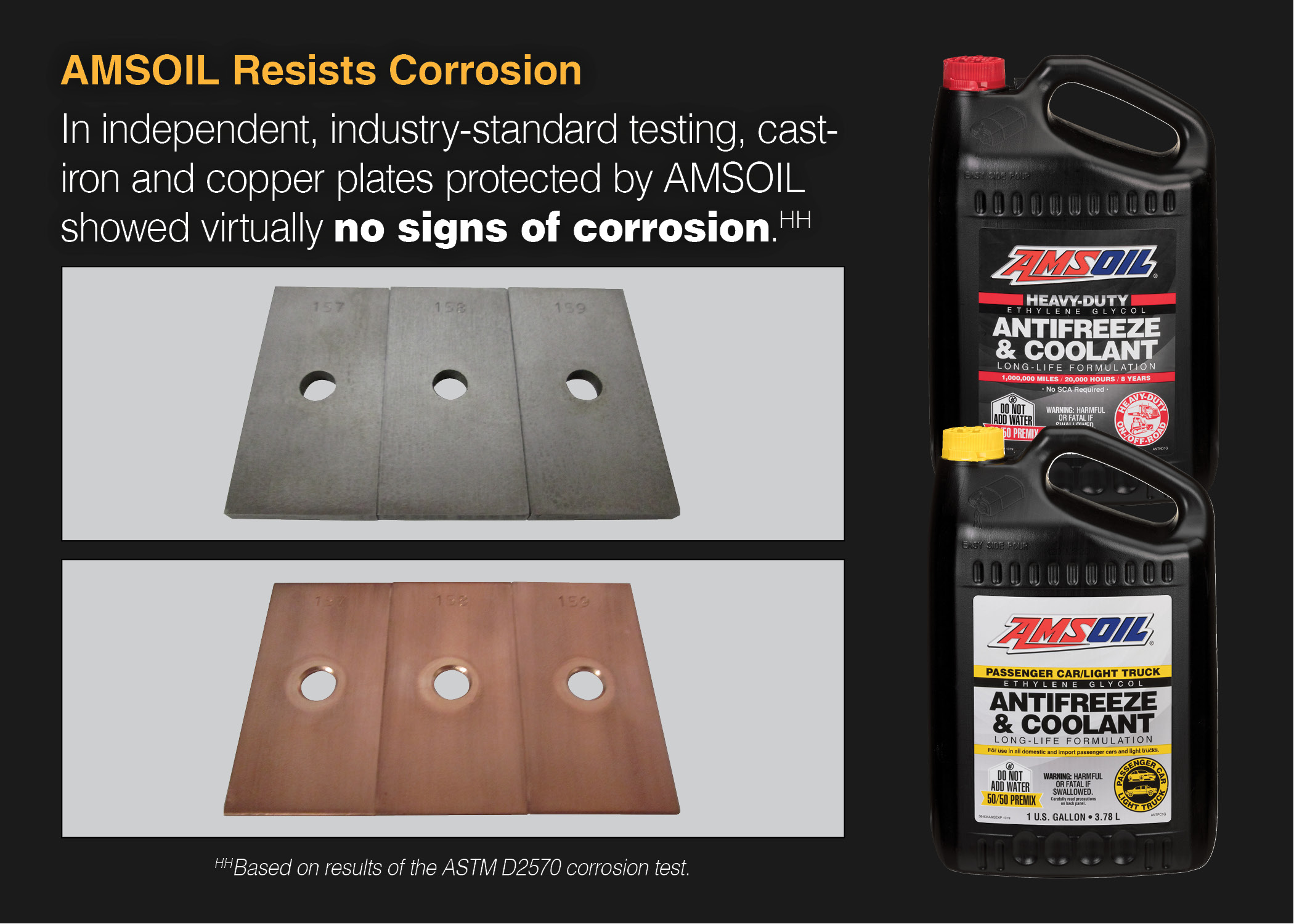
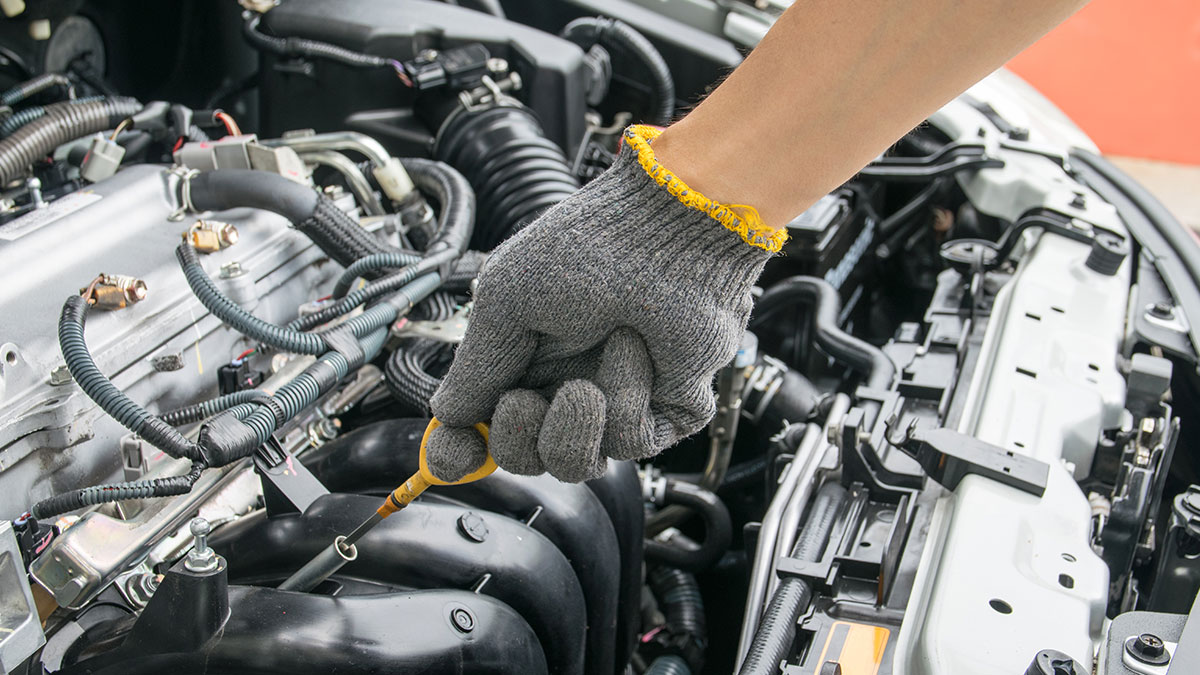
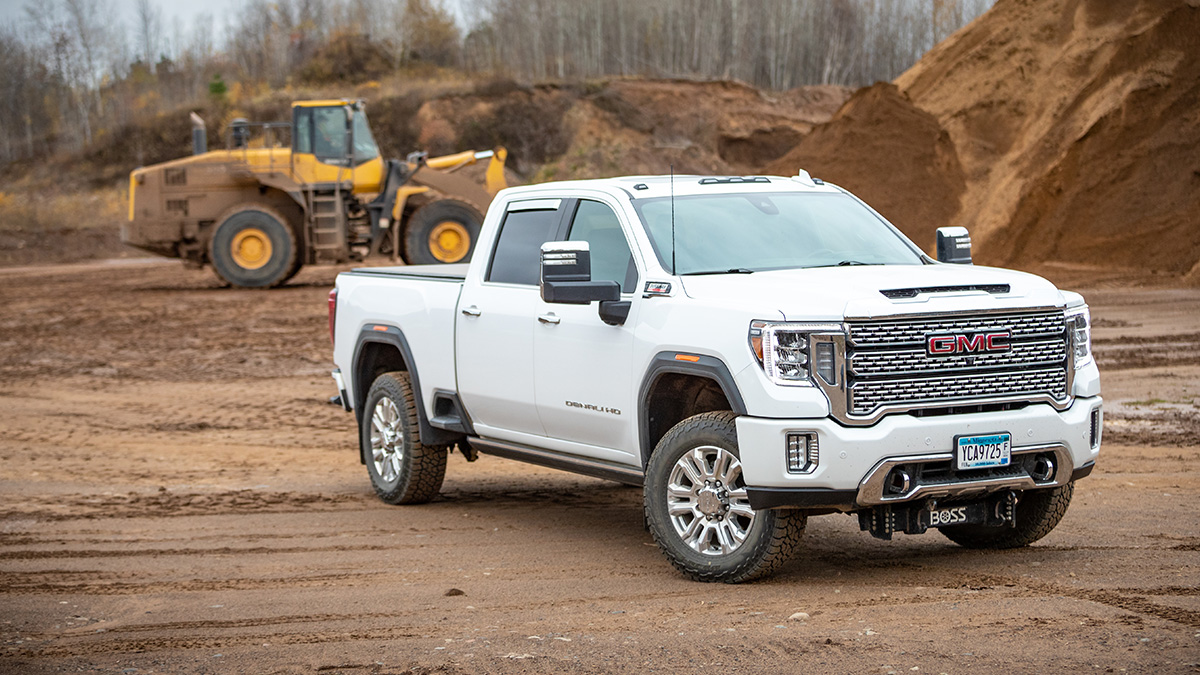

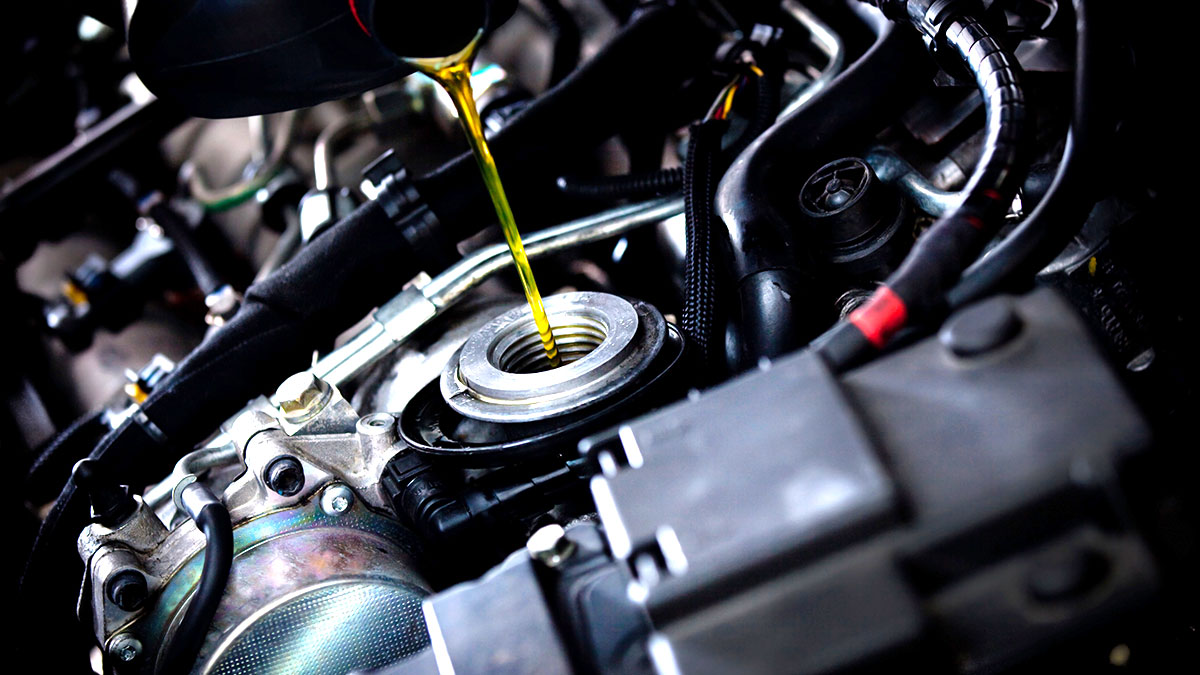
Comments
AMSOIL Technical Writer and 20-year veteran of the motorcycle industry. Enjoys tearing things apart to figure out how they work. If it can’t be repaired, it’s not worth owning.
Share: